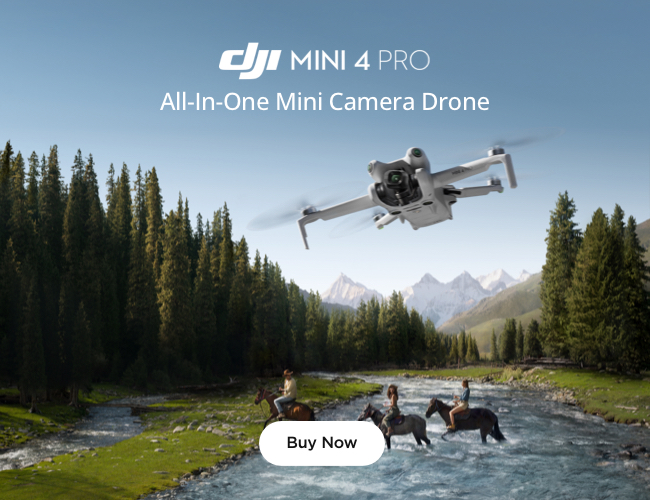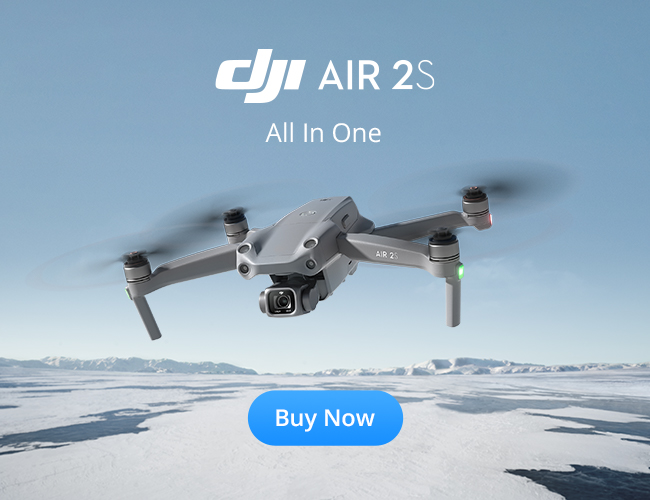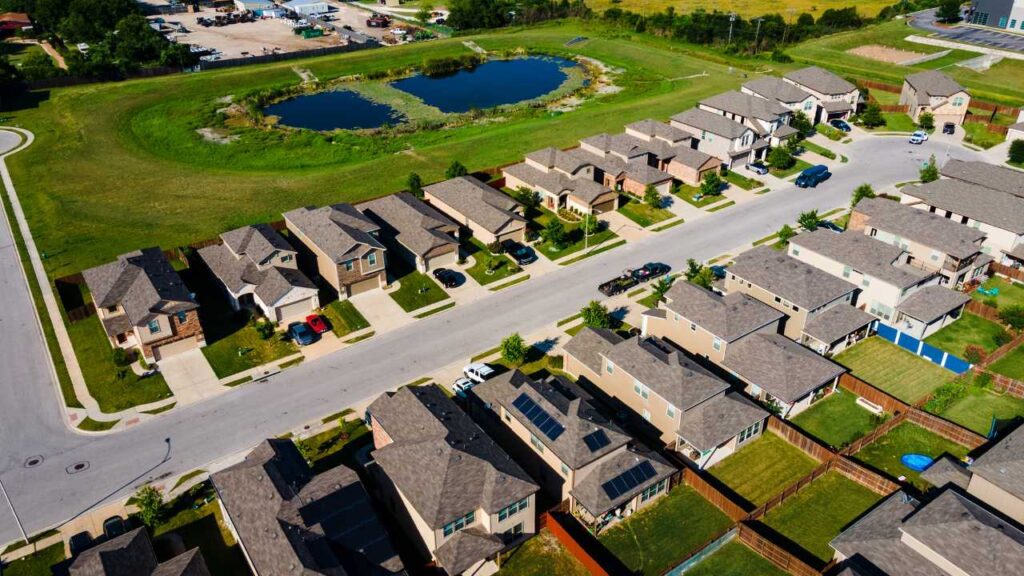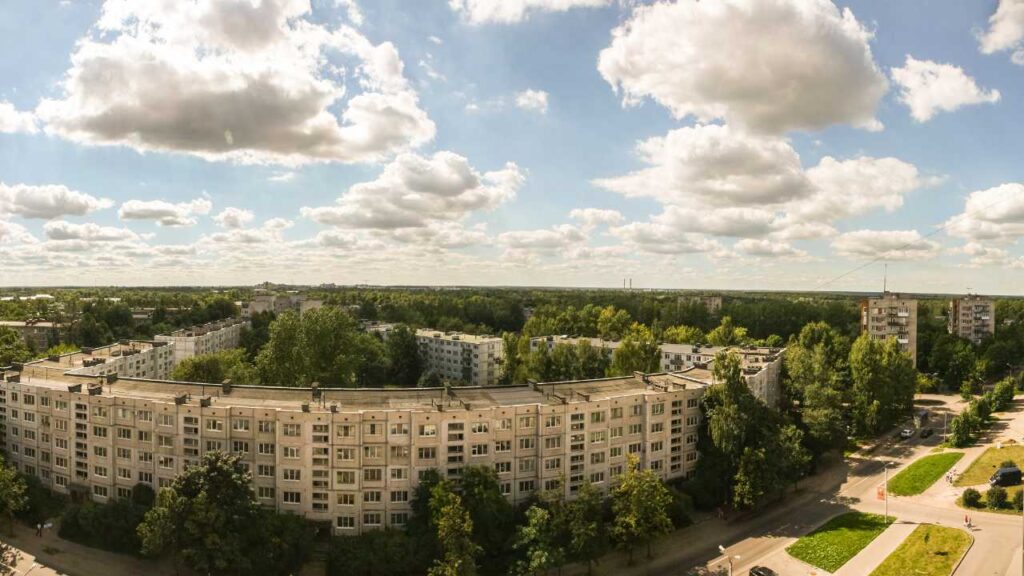
Selling homes is one of the biggest applications of drone photography and videography. Here’s everything you need to know about real estate drone photography. We walk you through how to get a job, how to make money, and how to get the skills you need.
Table of Contents
#1 What is Real Estate Drone Photography?
A real estate photographer takes pictures of the outside and inside of a property that is for sale or rent. Many of them now use a drone to take pictures of a property from the air.
Real estate drone photography is becoming popular for many reasons. From a high vantage point, it is possible to offer viewers a good view of the house and the surrounding area. An increased chance of a sale can result from it.
A drone pilot can be hired to photograph the following property types:
- Residential properties
Buildings, communities, and houses.
- Properties for business purposes
Hotels, shopping centres, business headquarters, and hotels/facilities.
- Large plots of land
Golf courses, ranches and large estates.
#2 Equipment for Real Estate Drone Photography
The higher the price, the better the drone for commercial use. Technically, you can get beautiful shots even with an entry-level drone. Yet, your client will not be thrilled if you take the job with a DJI Mini 2 SE. It’s not about the capacity. It’s about the confidence they have in you.
So, opt for an intermediate level camera drone that costs around $1,000. It will help you start off on the right foot. Here’s a list of features you should look out for:
- Camera Quality
A mid to professional-grade camera. Around 12 megapixels and up. The ability to capture raw images is a must. 4K video with a frame rate of at least 30 frames per second. With a built-in gimbal that provides smooth flight and stability for sharp images.
- Battery
A residential shoot can last for hours. With most drones, the battery life is around 30 minutes. So make sure you have at least 2 spare batteries.
- Flight Mode
If you’re not an experienced flyer, choose a smart drone with automatic flight modes. This will allow you to take great shots with a few clicks.
Best Drones for Real Estate Photography
DJI Mini 4 Pro

The DJI Mini 4 Pro emerges as an exemplary choice for estate agents looking to capture high-quality aerial footage and photographs of properties, presenting a potent blend of performance, portability, and price efficiency. This drone is particularly suitable for those who need professional-grade results without stretching their budget too far. Weighing just under 250 grams, it falls into the lighter drone category, which often benefits from less stringent regulatory requirements in many states, making it a hassle-free option for commercial use.
One of the most compelling attributes of the DJI Mini 4 Pro is its advanced camera system. It is equipped with a 1/1.3-inch sensor capable of capturing 48-megapixel photos and 4K video at 60 frames per second. This ensures that estate agents can produce crisp, detailed images and smooth, high-resolution videos of properties, which are crucial for attracting potential buyers. The drone’s enhanced HDR capabilities further improve image quality by balancing light and shadow, providing a more vivid and realistic depiction of real estate offerings.
Moreover, the Mini 4 Pro boasts an extended flight time of up to 31 minutes, offering ample opportunity to cover large properties or multiple angles in a single flight. Its obstacle sensing system and advanced flight modes, such as ActiveTrack and Point of Interest, facilitate smooth, automated flights, allowing users to focus on capturing the best shots without needing extensive piloting expertise.
The drone’s compact and lightweight design does not only ease the burden of transport but also enables quick deployment, making it ideal for estate agents who require flexibility and efficiency in their operations. Additionally, the DJI Mini 4 Pro offers excellent value for money, delivering features and performance that rival more expensive drones, without the hefty price tag. This makes it an accessible tool for estate agents who wish to enhance their property listings with aerial visuals but are mindful of budget constraints.
DJI Air 2S

The DJI Air 2S stands as a superior choice for estate agents seeking to further elevate their property filming capabilities beyond what the Mini 4 Pro offers. This drone distinguishes itself with its robust feature set, designed to meet the demands of professionals requiring the highest quality aerial footage and photographs.
At the heart of the DJI Air 2S’s advantages is its 1-inch sensor, significantly larger than the Mini 4 Pro’s. This sensor size upgrade is crucial for capturing higher quality images with more detail and better performance in low-light conditions, ensuring that property videos and photos are vivid and clear, regardless of the time of day. The capability to shoot 5.4K video at 30 frames per second surpasses the Mini 4 Pro’s 4K resolution, offering estate agents the ability to produce exceptionally sharp and detailed videos that can impress potential buyers and stand out in the real estate market.
Additionally, the Air 2S features an advanced obstacle sensing system with sensors on all sides, providing superior safety and making it easier to navigate through complex environments. This ensures smoother, worry-free flights, particularly when capturing footage in areas with obstacles such as trees or buildings.
The drone’s battery life is comparable to the Mini 4 Pro, but the Air 2S excels with its enhanced transmission technology, offering a more stable and longer range connection. This enables estate agents to fly the drone farther without losing signal, providing greater flexibility in capturing shots from different angles and perspectives.
While the DJI Air 2S comes at a higher price point than the Mini 4 Pro, its superior imaging capabilities, advanced safety features, and improved performance justify the investment for estate agents who prioritize top-notch quality in their property listings. The increase in image resolution, sensor size, and video capabilities can be the deciding factor in creating more engaging and compelling content that captures the essence of a property in the most flattering light.
DJI Mavic 3 Pro

The DJI Mavic 3 Pro represents the pinnacle choice for estate agents seeking unparalleled aerial filming quality for their property listings. As the most advanced option among the drones discussed, it delivers superior features that justify its position at the top of the DJI drone lineup, especially for professionals focused on capturing estate footage that stands out.
A defining feature of the Mavic 3 Pro is its dual-camera system, which includes a primary camera with a 4/3 CMOS sensor, larger than both the Air 2S and Mini 4 Pro’s sensors. This larger sensor size is instrumental in capturing more light and detail, significantly enhancing image quality and reducing noise in low-light conditions. The primary camera’s ability to shoot 5.1K video at 50 frames per second offers estate agents cinematic quality footage, making it possible to showcase properties in extraordinary detail and clarity.
In addition to its remarkable imaging capabilities, the Mavic 3 Pro boasts an extended flight time of up to 46 minutes, surpassing both the Air 2S and Mini 4 Pro. This longer flight duration allows for more comprehensive property coverage in a single flight, making it exceptionally efficient for filming large estates or multiple properties in one session.
The Mavic 3 Pro also features advanced omnidirectional obstacle sensing, providing greater safety and peace of mind when flying in complex environments. Its sophisticated flight modes, including ActiveTrack and Point of Interest, are enhanced by the drone’s powerful processing, ensuring smooth and reliable operation for capturing the best possible footage.
While the Mavic 3 Pro comes at a premium price, its investment is justified for estate agents who demand the highest level of aerial imaging performance. The combination of its dual-camera system, extended flight capabilities, and advanced safety features make it a standout choice for professionals aiming to produce estate content that captures attention and conveys the true value of a property.
Make sure to check out our ultimate drone buying guide, which lists all the details you need to know before buying a drone.
Specifications:
| Price | Weight | Flight Time | CMOS(Larger Better) | Video Res | Photo Res | ObstacleSensing | |
| DJI Mini 4 Pro | $759 | 249g | 45mins | 1/1.3” | 4K 100fps | 48MP | All |
| DJI Air 2S | $799 | 595g | 31mins | 1” | 5.4K 30fps | 20MP | Front Back Up Down |
| Mavic 3 Pro | $2,199 | 958g | 43mins | 4/3” | 5.1K 50fps | 20MP | All |
#3 How Do You Land a Job?
“Volunteer” Approach
How can you start your career as a real estate drone photographer? It’s almost impossible for you to land your first client if your portfolio is empty. However, you can use a “volunteer” approach that many of your peers use.
Create Portfolio => Jobs => Raise Price => Better Portfolio
To get started on the right foot, you need to create your portfolio first. Not to find jobs. Not trying to bring home the bacon. Just focus on your portfolio. So you need to film for clients without asking for a penny. You need to take the initiative, knock on everyone’s door and ask to be a volunteer.
To narrow down your target and amplify the result, knock on the doors of real estate agents. If you can nail the big guy, you can add something truly valuable to your portfolio. Trust me. Great jobs are followed by a great portfolio. Then the money will come.
Online Communities
You can find jobs on sites like Indeed, ZipRecruiter, LinkedIn Jobs, and Glassdoor. Enter your location. Type in “drone pilot” or “drone pilot real estate”.
There are also some sites that list specific drone pilot jobs. Build your network there. Go to Precision Hawk or Droners.io.
How Much Should You Charge?
You should have heard of professional drone pilots charging more than $300 per hour. Maybe that’s why you’re getting your feet wet. But you also know very well that this is not yet the number you can charge.
The actual service fee you can charge depends on many factors:
- Location
- Devices involved
- Your experience and previous customers
- The size of your customer’s business
If you are starting your drone career and are confident enough to offer paid services. As a rule of thumb, charge $100 per hour or $500 per project. You can gradually increase your price along with the portfolio you’ve built.
If you want to learn more about how to run a successful drone business, invest a little money. Check out the comprehensive list of the best online drone schools we’ve compiled.
#4 Drone License and Insurance
You need to get a drone licence. But you don’t necessarily need insurance, although getting one is highly recommended.
The FAA requires a pilot certification for anyone doing real estate drone photography. Note that this applies whether you are doing it for money or not.
To receive a certificate, you must pass the FAA’s test at a testing centre. You can read our complete guide to getting a drone licence plus tips on passing the exam. It also gives you ideas on how to get insurance for your commercial flight.
#5 How To Film Good Real Estate Shots?

Drone cameras can capture photos and videos. They can also capture maps that clearly show the advantage of the location. And 360-degree panoramic pans.
Images
Real estate agents typically need 10 aerial photos from which to choose. You can get a great view from 30 to 70 feet up. One tip is to take pictures from the corner of the property to get a three-dimensional view of the property.
Drone photography is in high demand. Especially for property acquisitions, building renovations or construction projects. Clients include commercial real estate agents, real estate investment firms and development companies.
Aerial photography can survey large properties by providing additional insight. It is possible to capture the entire site in one image by stitching multiple photos together. A massive and cohesive image that contains more detail.
Video
One thing that makes drone footage stand out is that you can tell a compelling story by using cinematic reveals, slides, pans, orbits, and blast off shots.
Panorama

The 360-degree panorama is another tool commonly used in virtual tours. Drones in one location rotate and tilt the camera while capturing overlapping images. These images can then be combined using special software. The viewing experience is as if you were sitting inside the drone and could look around the entire area.
Weather
Nice weather makes real estate images look even better. A calm, clear day is less risky for drone operations. Take the weather forecast into account when planning your shoot.
Surroundings
When a potential renter or buyer is looking for a home, they will have different criteria. A property’s location, such as near parks or cafes, adds to its appeal in this regard. When it comes to drone photography, don’t forget to include amenities.
They want to know what kind of neighbourhood they will be moving into. The drone’s altitude can be used to showcase attractive aspects of a location above eye level.
Especially if the property is near a shrubbery, take photos that reflect the surroundings. If the property is in a suburb, try to take as many pictures of the neighbourhood from above as you can.
The Basics
The principles of photography on the ground also apply to photography from the air. Incorporate elements such as leading lines, the rule of thirds, colour, contrast, pattern, and diagonals into your design. We’ve put together a training guide on flying a drone and creating great shots that will help you.
#6 Benefits of Drones in Real Estate?
Location
Drone images can show the location of the property by showing nearby attractions, amenities, parks, airports, etc. The viewer experience is much better than a plain Google Map.
Stand Out From the Crowd
Photos are one of the most important elements when selling a home. Generally, real estate agents take these shots while standing in a driveway, yard, or backyard. Yet, these mediocre pictures will only get you so far.
Aerial photos can give buyers an accurate and cool picture of the property. Most importantly, it; can be aesthetically stunning.
Storytelling
The National Association of REALTORS® (NAR) points out that drones are the new norm in real estate. Innovative companies are using them to attract clients. That’s because drone imagery not only provides great visuals but also tells a great story.
Drone footage with professional editing and cinematic music can make the ad look like a movie trailer. Who wouldn’t want to be a protagonist in a movie?
Drone Closes the Deal
RISMedia has calculated that the use of drones could increase listings by up to 73% and closings by up to 68%. Agents could see tens of thousands in revenue per year by using drones. According to Sold by Air, “83% of home sellers prefer working with an agent who uses drones.”
Companies using drones for real estate:
- RE/MAX
- Century 21
- Keller Williams
- Coldwell Banker
- Avanti Properties Group
- Goodman Real Estate
#7 What to Do Next?
Are you ready to bring home the bacon with your drone, but need more confidence? Check out the best online drone schools we’ve compiled to take your drone skills and business to the next level!
